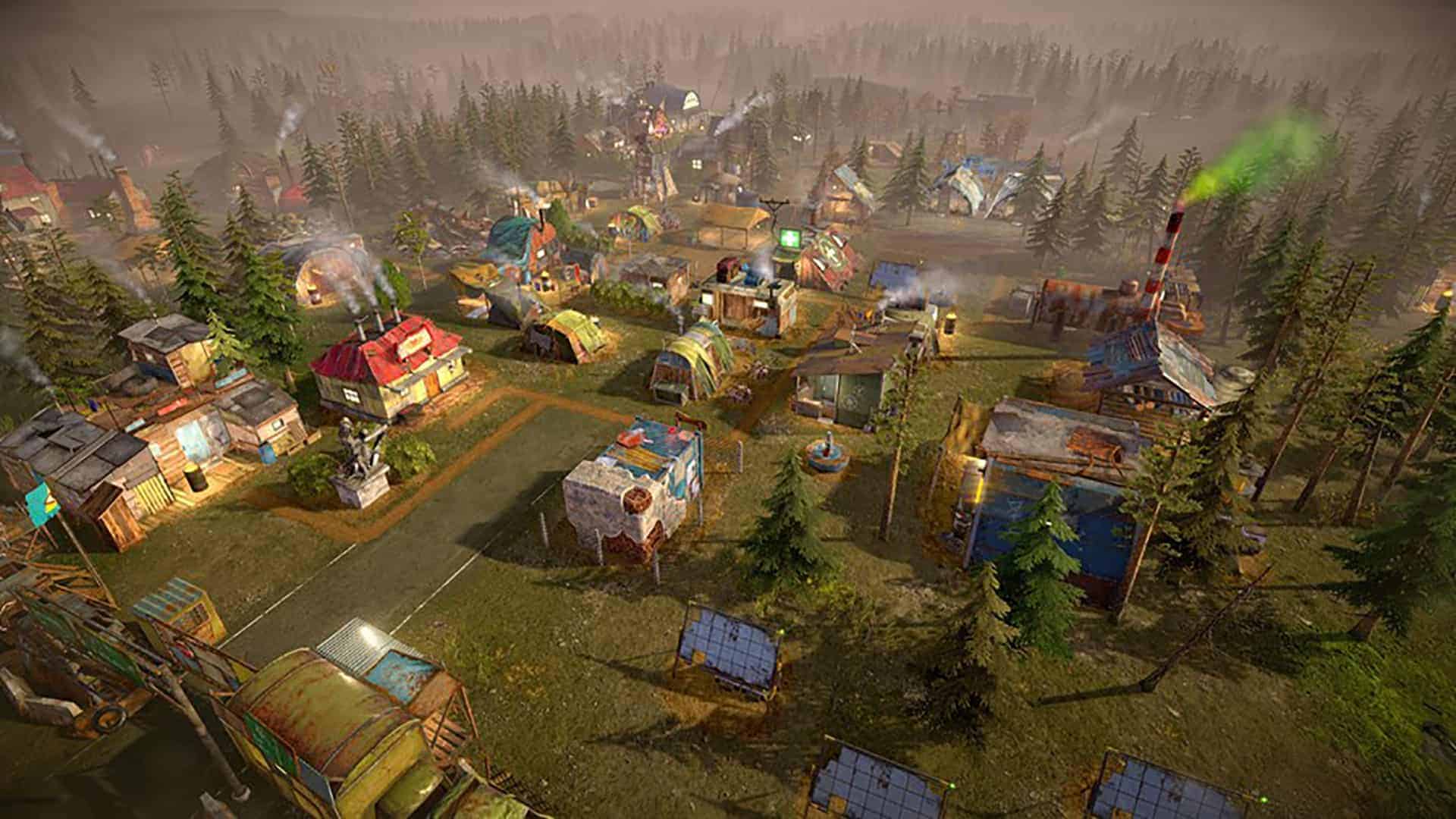


Settlers also had the option to buy the land after six months for the price of $1.25 per acre. It offered 160 acres to those who would build a home and farm for five years. This act was signed into law by President Abraham Lincoln. Several acts were passed by the government at different points in time to encourage people to head West, settle and make the land productive. For it to be even suggested that they no longer have a place because “things change” is not only a disgrace and a dishonor to the very foundations of our nation, but also a danger to our economic base and food security in an ever-growing society.Īcts By The Government to Encourage Settlement This has come at immense multi-generational personal sacrifice that can only be justified by a deep and abiding love of life on the land. In many cases, the descendants of those families that rose to the challenge of settling, surviving, and thriving in the frontier are still ranching today. Those that stayed had a rare combination of determination, skill, and luck that laid the foundation for the West we know today. A great many of the original homesteaders couldn’t handle the trials and tragedies of frontier life. In this day and age, the immeasurable strength and courage of the explorers and settlers are difficult to even comprehend. To encourage settlement, the government passed several acts. Settling the West and accessing its plentiful resources was of great importance in building the United States, but it was a task not suited for the faint of heart. To understand the practice of grazing on federal lands and its role in today’s society, one must first consider the settling of the West and its importance in a developing nation. This concept is what is known as “split estate,” which was proposed by President Theodore Roosevelt.In other words, those resources are not “public,” even though the land is administered by the federal government.Those rights for use have been passed down, sold, and otherwise transferred among individuals and business entities, and remain in place to this day. The practice is most accurately called “livestock grazing on federally administered land,” since the rights to the land’s natural resources, such as water, grass, and minerals, were mostly claimed as the lands were settled in the late 1800s. What is most commonly known as “public land ranching” has become a contentious issue in the modern American West. History – Livestock Grazing on Federally Administered Land This creates a unique set of issues and challenges for those who make a productive life on the land. The federal government owns nearly half of the land in Western states, compared to only 4% east of the Mississippi River. So far, we cannot rule out Market Equities as the funders of the attack.RANCHING IN THE WEST: SETTING THE RECORD STRAIGHT Ranching In The West – It is time to set the record straight. She then asks Ellis about the Dutton attack, which Ellis claims is separate from their development. Caroline, already anticipating legal action from Rainwater over the development, asks to meet with him. Ellis informs her there will be delays as archeological research will likely take place. Ellis Steele, head of the firm that represents Market Equities, visits with new CEO Caroline Warner to discuss options. Market EquitiesĪt the development site for the airfield-which Market Equities had managed to secure in season 3, hoping to build vacation homes servicing the local ski slopes and attracting international wealth-diggers find human and animal remains. The scene also immediately refutes Kayce’s defense of Jamie-that what he’s doing he’s doing for the Dutton family. When asked if they are seeking to buy the land to add to the Yellowstone, Jamie responds saying, “this is for me”-an attitude consistent with Garrett’s growing influence and suggestion that Jamie should make a name for himself. We then find Jamie surveying a new piece of land near the Yellowstone with his biological father Garrett Randall. John tells Kayce to leverage Jamie’s position in order to attain warrants for militiamen he believes were behind the attack. Kayce informs John that Beth is still eying Jamie as the culprit behind the attack, but he then defends Jamie, reasoning Jamie is still attempting to save the Yellowstone from total development takeover. John, ignoring perhaps the 180 th piece of medical advice he’s been given since season 1, takes a horse ride to a small hot spring. The following contains spoilers for season 4 episode 2 of Yellowstone.Īfter the Yellowstone season 4 premiere rescued each Dutton from death-John, Kayce, and Beth all surviving their respective attacks-episode 2 opens with the aftermath.


 0 kommentar(er)
0 kommentar(er)
